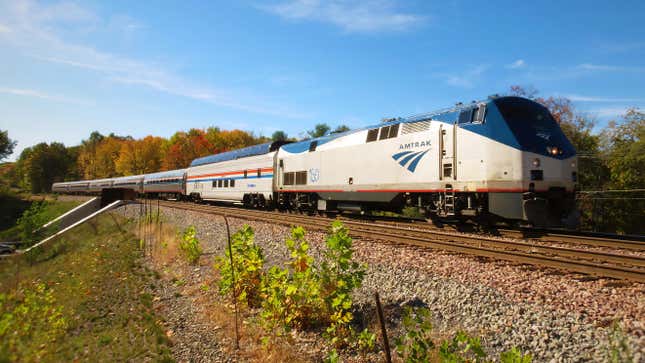
Photo: Benjamin Turon / Wikimedia Commons
The closure of the United States-Canada border was one of the most disruptive measures taken in North America during the start of the COVID-19 pandemic in 2020. Amtrak, America’s government-owned railroad company, was forced to cease all three of its international services to Canada. This week, the company restored its Adirondack service between New York City and Montreal, Canada, though, the trip is now 30 minutes longer due to lower speed limits, mainly in Canada.
Time Magazine Turned Lee Iacocca’s Face Into an Automotive Work of Art
In case you missed it:
The first train bound for Montreal on Amtrak’s resumed Adirondack service left New York Monday morning. Northbound trains will depart New York’s Penn Station at 8:41 a.m. every day and arrive in Montreal at 8:16 p.m. A complete journey of about 11 hours and 35 minutes end-to-end doesn’t intend to compete with a 100-minute flight. The service is meant to fulfill the needs of the communities along the route in the Hudson Valley and the Adirondack Mountains. However, the trip was slightly shorter before the pandemic at around 11 hours.
An Amtrak spokesperson told Jalopnik that the longer journey time is due to lower speed limits along the route imposed by host railroads, mostly in Canada. The route’s length north of the border is roughly 49 miles long. Canadian National Railway owns the tracks used in Canada, and most of Adirondack’s route in New York is owned by Canadian Pacific Railway. Outside the Northeast Corridor between Washington D.C. and Boston, most tracks used by Amtrak are owned and maintained by host railroads. As a result, the host railroads set the speed limits on which trains can safely operate on their tracks.
The Adirondack’s return is a sign that there is a demand for more long-distance rail travel in the United States, especially outside of cities. Though, it’s also another example of how Amtrak’s operations and potential growth can still be restricted by freight railroads.
